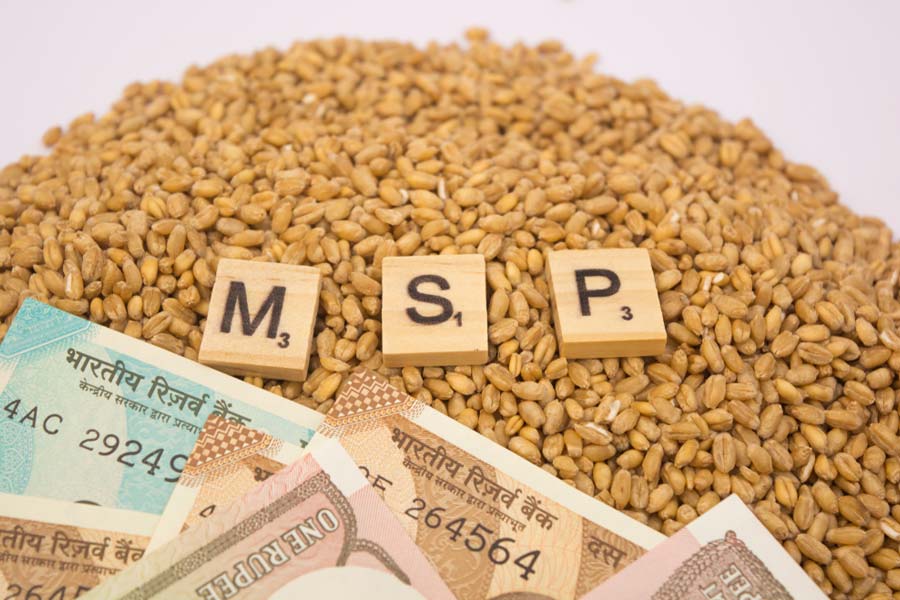Farmers, led by the Samyukt Kisan Morcha and supported by over 200 other unions from Punjab, Haryana, and Uttar Pradesh, have hit the road, once again. Their primary demand is the legal assurance of minimum support price for 23 crops calculated using the Swaminathan formula. But the voices of small-scale farmers from eastern Indian states are notably missing from this movement. Considering the rural distress in eastern states, it becomes crucial to explore whether public procurement policies are pertinent to a few states or should they be extended to other regions as well.
The agricultural sector grapples with multifaceted crises related to economic sustainability, employment opportunities, environmental impact, and socioeconomic disparities. Agriculture witnessed 3.55% of growth between FY 15 and FY 24. This sluggish growth of the agriculture sector comprising 45.8% of the work force is reflected in the alarming fall in crop income between 2012-13 and 2018-19. As per the latest large-scale situation assessment survey data released by the ministry of statistics and programme implementation, the real income from crop cultivation declined by 1.2% at an all-India level whereas the total income of agricultural households, including earning from livestock and wages, increased marginally by 3% per annum. There is a significant disparity in the income levels of farming households across states. For example, in 2021-22 prices, the average monthly income for an agricultural household in West Bengal stands at approximately Rs 7,838 per month, those in Punjab on an average earn around Rs 31,089 per month. When examining income deciles derived from total income per agricultural household at an all-India level, the data reveal that in West Bengal, only 2.86% of agricultural households are situated in the top income decile, while the figure stands at 28.4% in Punjab. Punjab’s prosperity is largely attributed to its system of assured and open-ended procurement.
MSP is to set a floor that prevents prices from dropping below this threshold. Punjab and Haryana were among the pioneers in India’s food grain procurement system. There has been widespread political attention to ensure that farmers in these states receive comprehensive coverage under the scheme. For the year, 2021-22, more than 97% of the paddy produced was procured at MSP in Punjab. On the other hand, procurement in major paddy-producing states like West Bengal (14.1%) and Uttar Pradesh (28.7%) were quite low. During the kharif season of 2023, the MSP for common paddy stood at Rs 2,183 per quintal. The wholesale price of paddy in open markets surged to Rs 2,634 and Rs 2,239 in Punjab and Haryana, respectively, during the harvest months of October to December. Conversely, in West Bengal, where public procurement is minimal, the wholesale price of paddy, at Rs 2,126 per quintal, remained lower than the MSP. Further, unloading rice at Rs 29 per kg that is below the economic cost of paddy under the open market sale scheme to protect consumers depresses the price in open markets, adversely impacting farmers in states where MSP coverage is less. Significantly, the policy choice of increasing MSP coverage would lead to the mounting of grains at FCI where the stock was almost three times of buffer norms as on January 1, 2024.
The MSP procurement system has regional and crop bias. Even though agriculture is a state subject, the extension of FCI storage infrastructure to the eastern states holds significant potential to protect farmers from distress sales. Augmenting farmers’ income is not possible without diversifying agriculture towards high-value crops and livestock by improving value-chain efficiency. Cooperatives and Farmer Producer Organisations must help aggregate small farmers’ produce for better market access and price realisation.
Raya Das and Ranjana Roy are Research Fellows at ICRIER. Views are personal











